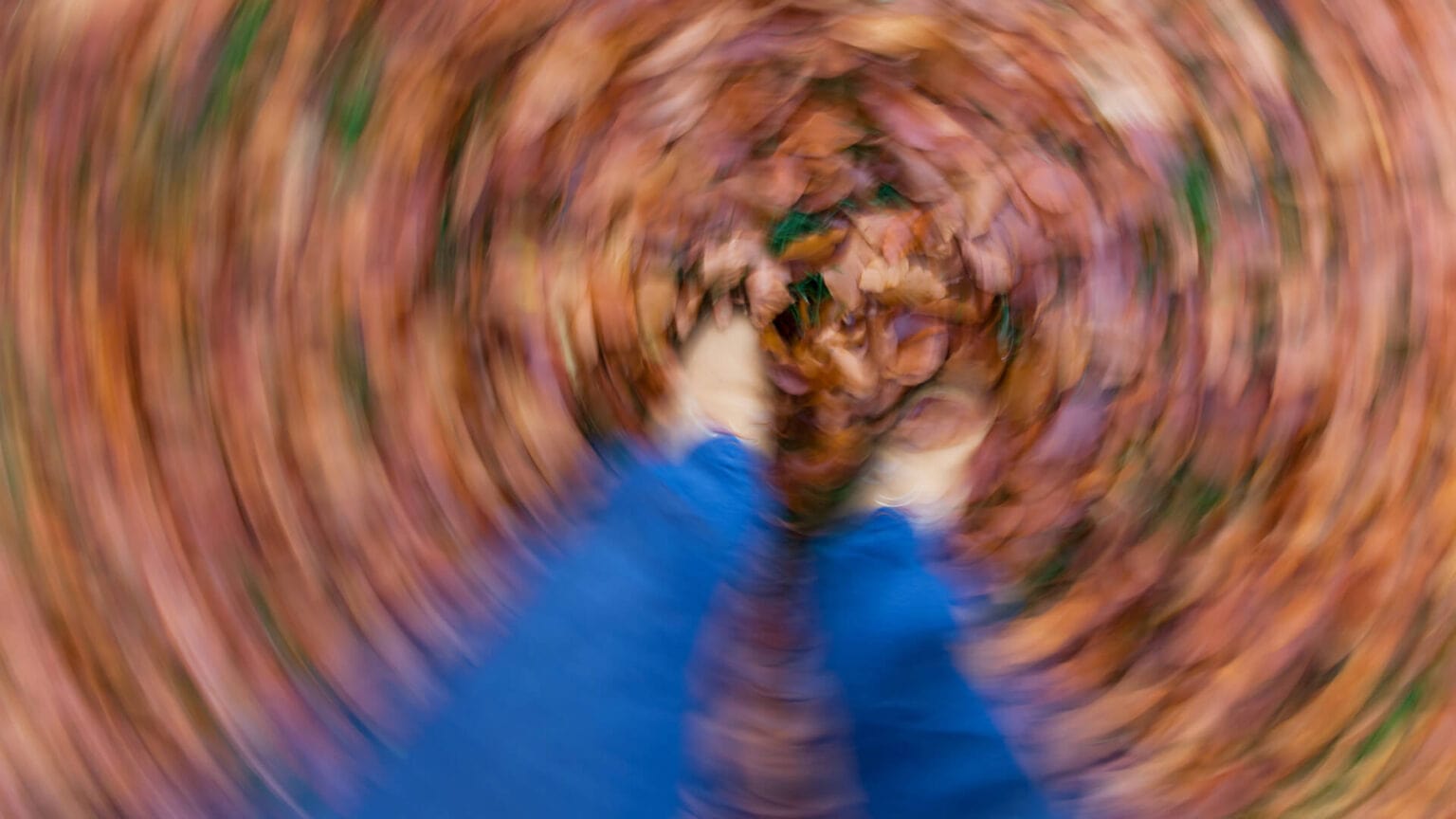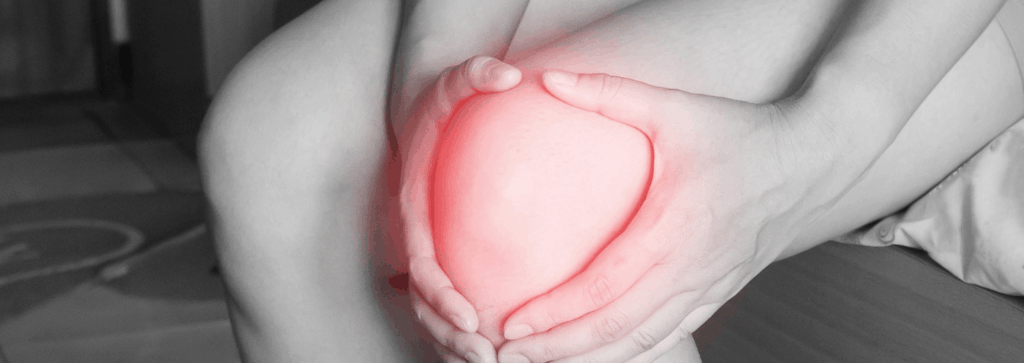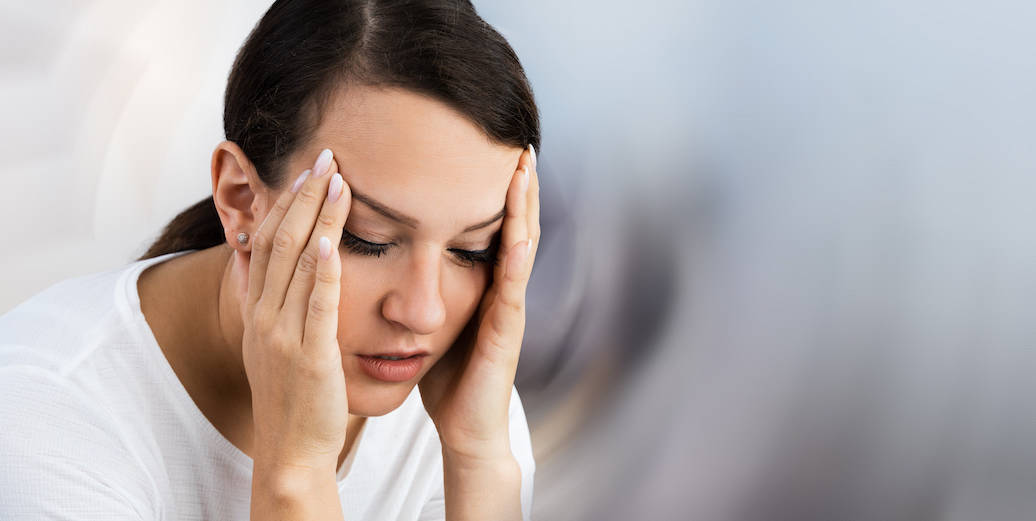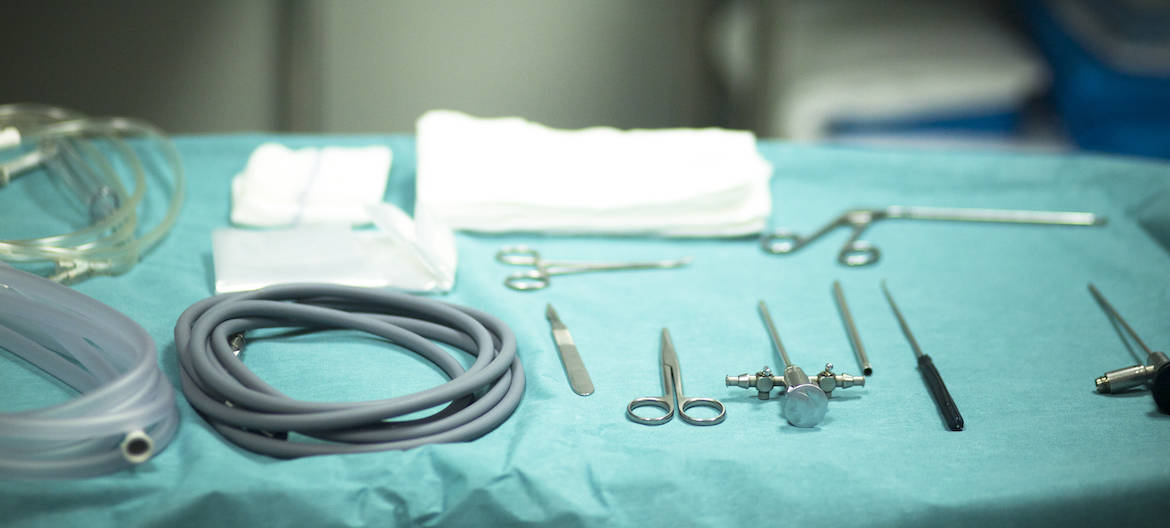IMPORTANT MESSAGE: Cartilage doesn’t just wear, it also repairs. Even with osteoarthritis!
In order to understand how cartilage can repair, it is important to understand how it gets its nutrients that it needs to stay healthy. Kimberley created this video with a manky sponge to demonstrate how nutrition of your cartilage works.
What is cartilage made of?
Cartilage is interesting stuff. It is super smooth and super white. Almost a bluer kind of white. It is also very resilient and a little bit flexible.
It is made up of chondrocytes, which are specialised cartilage cells, which produce a few substances like collagen, special proteins called proteoglycans and other proteins. Together, this makes up a ‘matrix‘.
One of the functions of these proteins is to attract water.
Did you know that cartilage is made up of 60-80% water?
This water content decreases over time, relating to the change in cartilage structure over time. Do you have control over this? Yes you do!
Your cartilage works with the help of your synovium, the slippery viscous fluid inside your joints that oils the joint. Interestingly, one of the components in the synovium a substance called lubricin.
Lubricin helps to patch up divots in the cartilage, much like having a road resurfaced.
It is often thought that if cartilage has wear, or if you have osteoarthritis, it will automatically get worse over time. However, this doesn’t have to be the case.
How does cartilage get its nutrients?
Like any tissue in the body, cartilage needs a way to get its nutrition. It also needs a way to get rid of the waste products of cell function.
It needs a way to get access to whatever it needs to stay healthy and repair itself.
Most tissues in the body achieve this through their blood supply. Blood vessels provide a direct route via the very small divisions. These small divisions are the capillaries in muscle, bone, nerves and almost every other tissue in the body.
Here’s the interesting thing – if we are talking about a joint that takes weight (like an ankle, knee, hip) what happens in the cartilage? If you are standing still, the cartilage is being squashed by body weight. Blood vessels and nerves within the cartilage would be squashed. Which is why there isn’t much of either.
In adults, cartilage is largely avascular – it doesn’t have a blood supply. It is not innervated either – it doesn’t have a nerve supply.
(Side note: kids’ cartilage has more blood supply and nerve supply. This gradually reduces in its penetration into the cartilage as they grow. By the time you are an adult, both are absent in cartilage.)
Instead, cartilage gets its nutrition from the synovial fluid inside the knee, and is literally squashed out and sucked in with movement and weight bearing as Kimberley shows in the video.
What is the best thing to keep cartilage healthy?
The answer – movement and activities that load and unload the cartilage.
The sponge analogy is a really good one to help understand this. You can see in the video the movement of the air bubbles in and out of the sponge with pressure on followed by pressure taken off. Imagine these air bubbles are the nutrients and the waste products being sucked in and expelled with loading and unloading.
This is what happens with EVERY STEP YOU TAKE!
Loading is doing things that involve weight bearing for the lower limb like walking.
For the upper limbs, it is activities that involve weight, resistance, or weight bearing through the arms.
Now does it make more sense why movement and loading is so important for cartilage health?
As Kim demonstrates in the video, cartilage of any condition responds to this. Even when the cartilage has ‘degenerative changes’. Even when it has been diagnosed as osteoarthritic.
What happens if you don’t move?
Cartilage is no different to any other tissue in the human body. It adapts to what it is required to cope with (or not cope with, as the case may be).
Think of muscles. If you don’t use them, they lose strength and they lose bulk. If you use them, and gradually increase the weight and demand, they get stronger and bulkier.
Cartilage behaves similarly. Without the stimulus of loading, it loses thickness, and it loses its weightbearing capacity. Without movement, it loses the benefit of the synovial fluid coating the cartilage and filling in divots.
With less weightbearing, cartilage gets less nutrition. Less of the good stuff is sucked into the cartilage. Less of the waste products are squeezed out.
If there are age-related changes or osteoarthritic changes to the cartilage, this cycle of loading and unloading is just as important to assist its health.
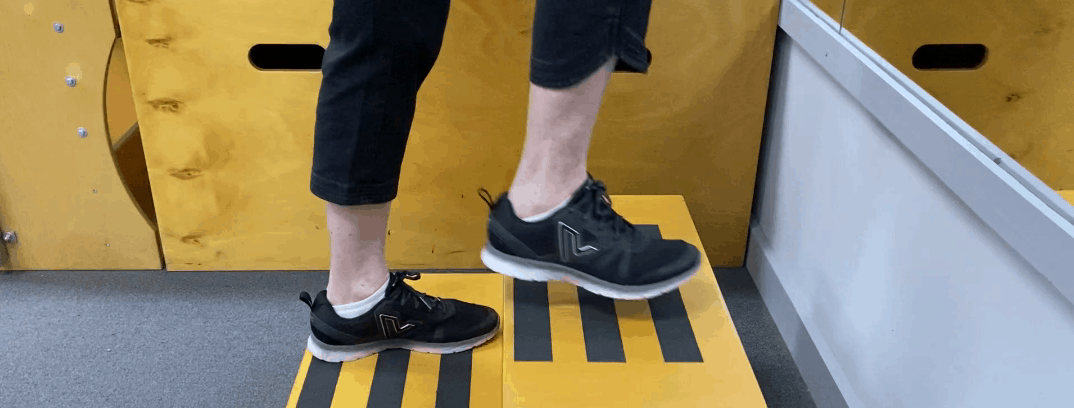
But can you improve your cartilage health?
Yes! If you give cartilage the stimulus of loading and movement, it can improve in both thickness and health.
We know that from the study of astronauts who have been in reduced gravity and return to earth with less cartilage thickness. This rebounds within weeks of being back in our full gravity.
We also know that radiographic evidence isn’t well correlated with pain. You can have a joint that looks daggy on XRay or MRI but that doesn’t mean that it has to be painful.
It’s like Kimberley says in the video – you can have a sponge that looks a bit manky, but works perfectly well. Mind you, that sponge gets really thoroughly cleaned after use with squeezing in and out of water.
What if it hurts?
The natural thing is not to move if it hurts. Rest. But if you do that, cartilage misses out on the thing that keeps it healthy.
One thing is for sure – if you have cartilage changes and you leave it to rest and avoid using the joint, avoid movement, avoid loading, it WON’T IMPROVE THE CARTILAGE STRUCTURE.
It also won’t improve your strength, your function, and even if your pain is less when you aren’t moving, it won’t translate into less pain when you do move.
The right amount of movement and loading is different for everyone. The aim is to work in your ‘sweet zone’ – that is, the amount of activity that is challenging but not too much.
Finding that ‘sweet zone’ is the key. It is much easier and you can feel more confident doing this with the guidance of a physio who has helped people before.
This is the basis of the GLA:D programme too – exercising in a way that challenges your muscles and joint structures like cartilage, but without overloading them. But just as importantly, not underloading either.
Summary
- Cartilage is amazing stuff – it can wear but it can also repair.
- If cartilage has wear, or if you have osteoarthritis, it isn’t automatically destined to get worse.
- In order for cartilage to remain healthy, it requires movement and loading.
- The right amount of movement and loading is different for everyone. The aim is to work in your ‘sweet zone’ – that is, the amount of activity that is challenging but not too much.
- This provides a stimulus for cartilage to change in the same way that lifting weights provides a stimulus for muscle to improve.
Related articles you might be interested in:
The Anti-Inflammatory Diet – The best management of osteoarthritis isn’t just about exercise. Combine it with an anti-inflammatory diet for a winning combination!
Weight And Osteoarthritis – It’s Time For A Rethink – It is well accepted in the medical guidelines that weight loss and diet restriction is important in helping osteoarthritis. It looks like it might not be for the reasons we thought!
Are you GLA:D you have arthritis? – Medication and surgery are not what the evidence tells us is best first treatment for hip and knee osteoarthritis. The GLA:D programme uses robust evidence to help reduce pain, medication use and increase enjoyment in life.
Interested in finding out about evidence-based help for your osteoarthritis? Check out our page on the GLA:D programme – click here to go to our GLA:D page.
GLA:D is a programme specifically designed to help people with knee and hip osteoarthritis and to help them improve their pain and function and even avoid surgery.
If you would like to speak with a physio about the GLA:D programme and other solutions for osteoarthritis or joint pain, call us on 8356 1000 to organise a time. This is free of charge and with no obligation!
Organise A FREE Physio Phone Consult
Get some FREE ADVICE, find out if physiotherapy can help your problem and give you pain relief, and importantly, find out if we are the right physios for you!
Alternatively, you can organise a free 15 minute assessment in person at the clinic.
To Organise a Phone Call with a Physio
- Option one: Click on the ‘Online Bookings’ button at the top of the page, then choose the ‘Free Physio Phone Consult’ option and find a time that suits you.
-
Option two: Call us on
8356 1000 and organise a time for a call back from one of our physios for a discussion with you about your problem.














